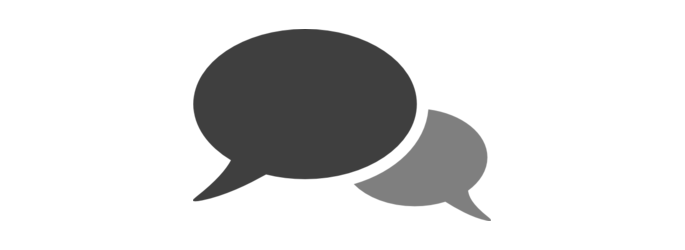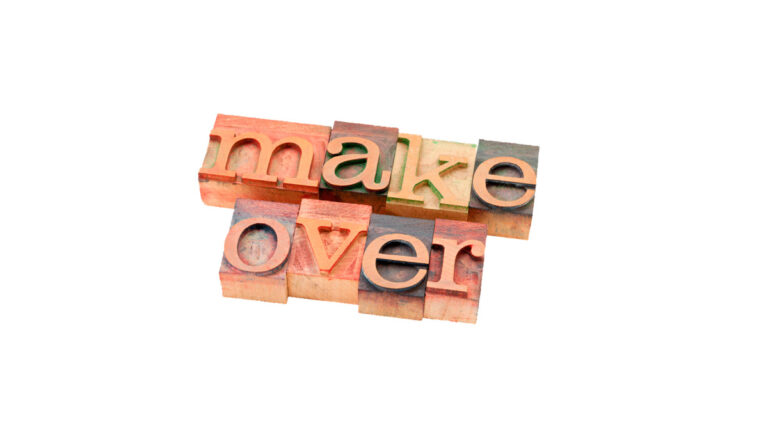Social Media: “How Little Can I Do?”
Doing the least to get the most out of your online presence.
It’s almost summertime, so we all know what that means. Time to hit the gym for that beach body! Like many of you, between work and all that other “life” stuff, there isn’t that much time left in a day. Getting to the gym can be difficult, which is why I recently picked up a copy of “The 4-Hour Body” by Tim Ferris. As a former University athlete I know there aren’t any “shortcuts” to getting in shape, but I wanted to see if I could streamline my results.
A major concept of the book is finding the “minimum effective dose” or MED; What’s the least you can do to acheive a majority of the results. I’m still reading, so I can’t tell you what to do in the gym yet, but I thought this was an interesting concept that could potentially be applied to social media.
I hear many people question their commitment to social media before they’ve even started (just like the gym). They don’t believe they have the time to put forward something valuable. So that got me thinking, what is the minimum effective dose of social media for business?
Blogging
Many successful big name blogs post at least daily, if not multiple times in a day. But we all know that’s not going to happen in most cases. So how little can you get away with while still getting the results you want? When it comes to blogging, we’ve always preached (and tried to practice) blogging once a week. Any less and we see a definite drop in traffic.
Understand your goals. Are you going for brand awareness and SEO? If you are, you should look at blogging at least once a week. Are you a thought leader in a sophisticated industry? Maybe fewer, more thought out posts are better for your business (The BrandBuilder Blog is an example of this).
Whatever you decide, be consistent. Readers will begin anticipating a new post and you will see a more consistent readership on your blog.
Twitter, Facebook, and LinkedIn
The MED for the three major social networks is a daily dose. I’ve blogged previously about setting aside 15-30 minutes to check your social media accounts and contribute. You should also have alerts on in some form (on a mobile device, or by email), just in case you aren’t logged in when someone wants to interact. A quick response could be the difference between a new customer or a missed opportunity.
Different networks have different expectations (and remember, we’re not going for maximum value, we’re going for enough to make it worth-while). Twitter needs to have a daily contribution of 3-5 tweets to build any sort of following. Use tools like Hootsuite or Ping to auto-publish your tweets throughout the course of a workday.
Your Facebook business page should be updated at a minimum of three times a week. This includes sharing your blog posts. Use Facebook’s “Insights” to measure what types of posts are getting the most traction and align content to get the most bang for your buck.
Participation on LinkedIn generally occurs in Groups or in Answers. Personally, I’ve tried to engage in one discussion a week (Monday-Friday) from which I wil receive email updates everytime a new comment is posted. This way I have an opportunity to respond quickly to anyone who either likes my comment or directly calls me out. If no one responds directly to what I’ve said, I’ll monitor the comments and look to contribute again in my set aside social media time another day.
Perfecting Your MED
Unfortunately there isn’t a magical one-size-fits-all solution. Trial and error is one of the best tactics in social media. But don’t forget to get educated on what you’re trying. Research competitors and use analytics to help plan your path. Everyone’s MED will be different, but these are some quick guidelines to hopefully get you started and find some value in your time spent online.
If you want to learn how to use your social media tools more effectively, we offer a four-session one-on-one training program. Click the button below to learn more.
{{cta(‘658adad1-4807-4dcd-b45d-5b64d94a4f0e’)}}







